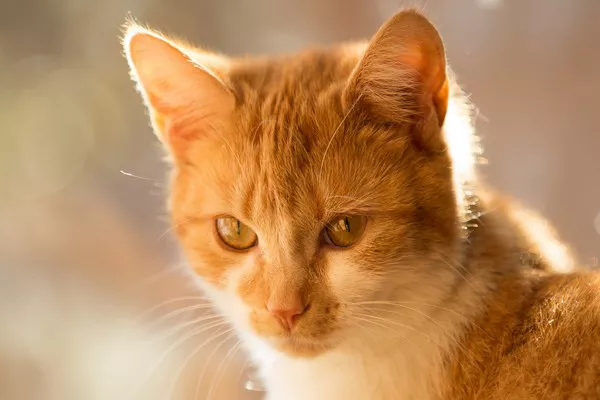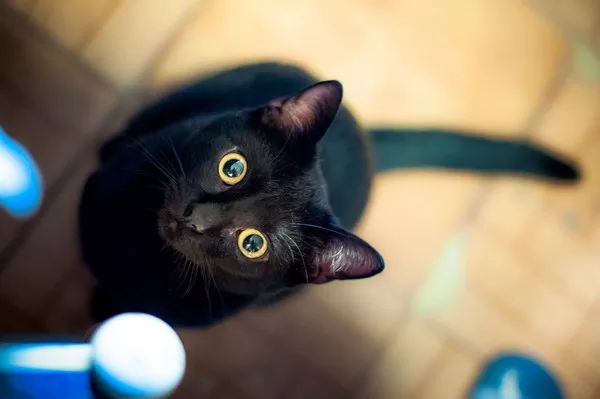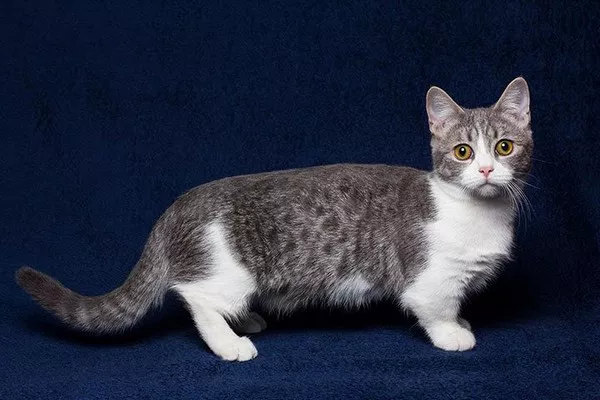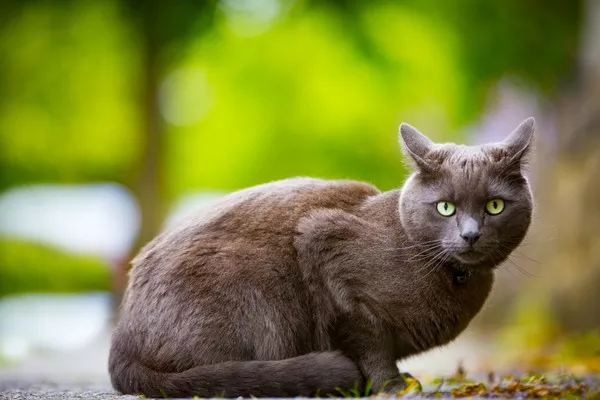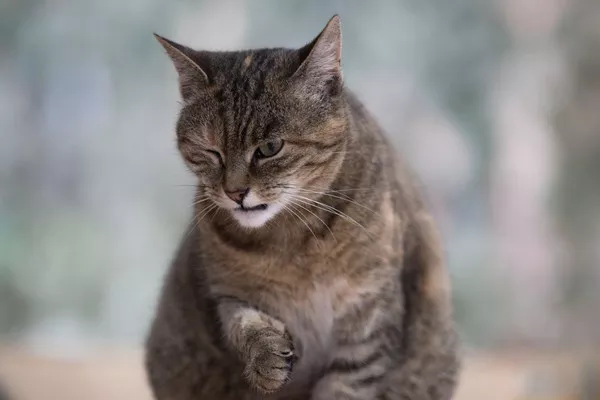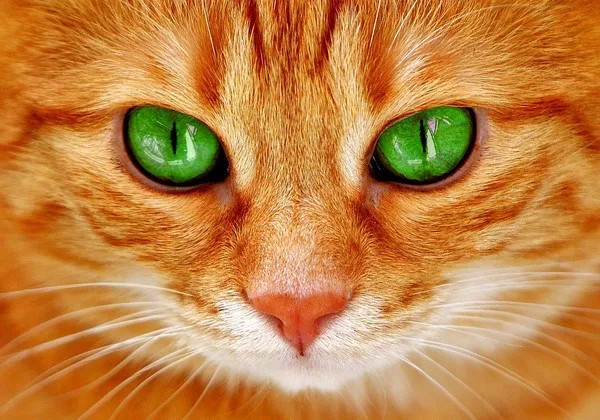Indoor cats have unique dietary needs that differ from their outdoor counterparts due to differences in lifestyle, activity levels, and risk factors. Choosing the best healthy cat food for indoor cats is essential to ensure they maintain an optimal weight, avoid common health issues, and receive all the necessary nutrients. This guide explores key aspects of indoor cat nutrition, reviews recommended cat food brands, and provides useful feeding tips. Our goal is to help you make informed decisions about cat feeding that will keep your indoor feline healthy and happy.
Nutritional Requirements for Indoor Cats
When selecting cat food for indoor cats, it’s important to understand their specific nutritional requirements. Indoor cats often have lower energy needs and a tendency to gain weight, so their diet should emphasize controlled calories, balanced nutrients, and high-quality protein.
High-Quality Protein
Protein is a crucial part of a cat’s diet, supporting muscle maintenance, skin health, and overall vitality. Indoor cats, who tend to be less active than outdoor cats, still need high-quality protein sources to maintain lean muscle mass and avoid excess body fat. Look for cat food that lists animal-based proteins such as chicken, turkey, or fish among the first few ingredients. These proteins are more digestible for cats than plant-based proteins and provide essential amino acids necessary for their health.
Balanced Diet
A balanced diet includes a range of vitamins, minerals, fats, and fiber to promote overall well-being. Indoor cats need specific nutrients to maintain a healthy coat, support immune function, and aid in digestion. Essential vitamins like A, D, and E, along with minerals like calcium and phosphorus, play significant roles in keeping your cat healthy. Fats are also important as they provide energy and aid in the absorption of fat-soluble vitamins. Additionally, indoor cats often benefit from fiber, which can support healthy digestion and reduce hairball formation.
Controlled Calorie Intake
Indoor cats are prone to obesity due to their lower activity levels, making controlled calorie intake essential. Obesity in cats can lead to health issues like diabetes, arthritis, and heart disease. Choosing a cat food specifically designed for indoor cats can help prevent excessive calorie intake while ensuring they receive the nutrients they need. Many indoor cat food formulas are tailored to have fewer calories per serving, supporting weight management.
Recommended Cat Food Brands
The right cat food can make a noticeable difference in your indoor cat’s health. Here are three highly recommended brands known for providing balanced nutrition tailored to the needs of indoor cats.
Hill’s Science Diet Adult Indoor Cat Food
Hill’s Science Diet Adult Indoor Cat Food is formulated with a balanced blend of nutrients to support indoor cats’ unique needs. This formula includes high-quality protein to support muscle maintenance and immune function. It also contains natural fiber to help reduce hairballs and aid in digestion, which is particularly beneficial for indoor cats who may groom more frequently. Hill’s Science Diet also includes essential vitamins and minerals to support overall health and prevent nutrient deficiencies, making it an excellent choice for cat feeding.
Iams Proactive Health Indoor Cat Food
Iams Proactive Health Indoor Cat Food is another great option for indoor cats, as it emphasizes weight management and hairball reduction. This formula includes high-quality animal proteins and a unique fiber blend to help control hairballs. The controlled-calorie recipe helps maintain a healthy weight by preventing overeating and promoting satiety. Iams also includes antioxidants and omega-3 fatty acids, supporting immune health and a shiny coat. This product is ideal for indoor cats with a tendency to gain weight and for those needing assistance in managing hairballs.
Purina One Natural Indoor Advantage Dry Cat Food
Purina One Natural Indoor Advantage Dry Cat Food is formulated to meet the nutritional needs of indoor cats, offering high-quality protein from real turkey as the primary ingredient. This cat food provides essential vitamins, minerals, and nutrients to support muscle health, a strong immune system, and healthy digestion. Additionally, it has a balanced calorie count to aid in weight management. Purina One is particularly popular for its affordability while maintaining a high standard of quality ingredients, making it a suitable choice for cat feeding that balances nutrition and budget.
Wet vs. Dry Food: Choosing the Right Type for Indoor Cats
When considering wet and dry food options for your indoor cat, it’s essential to understand the benefits of each and how they can complement each other.
Wet Food Benefits
Wet food contains high moisture content, making it an excellent choice for hydration. Many indoor cats do not drink enough water, so the added moisture in wet food can help support urinary health and prevent dehydration. Wet food is also softer, which can be beneficial for older cats with dental issues or cats with sensitive teeth. Additionally, the texture and aroma of wet food are often more appealing to cats, which can encourage them to eat when they are finicky.
Dry Food Benefits
Dry food is convenient and can be left out for free-feeding, making it a practical choice for busy pet owners. The texture of dry food helps scrape off tartar, supporting dental health and reducing the risk of plaque buildup. Dry food is also easy to store and has a longer shelf life once opened. For indoor cats that prefer grazing throughout the day, dry food can be a suitable option, provided it’s portioned to avoid overfeeding.
Feeding Tips for Indoor Cats
Proper feeding practices go beyond choosing the right cat food. Here are some feeding tips to help maintain your indoor cat’s health and prevent issues like obesity and digestive discomfort.
Portion Control
Controlling portion sizes is essential for preventing overfeeding and managing weight. It’s recommended to follow the feeding guidelines provided on the cat food packaging, adjusting the portions based on your cat’s activity level, age, and weight. Measuring the food accurately helps avoid unnecessary calorie intake, and using a measuring cup can make this process more precise.
Feeding Schedule
Indoor cats benefit from a consistent feeding schedule, which can regulate their metabolism and reduce the likelihood of overeating. Feeding your cat at the same times each day helps establish a routine, which is comforting for cats. A twice-daily feeding schedule, with one meal in the morning and another in the evening, can work well for most adult cats. However, younger or highly active cats may benefit from more frequent, smaller meals.
Mixing Wet and Dry Food
Providing a mix of wet and dry food can add variety to your cat’s diet and ensure they receive a balanced intake of nutrients. Mixing wet and dry food can also enhance hydration and support dental health. Consider offering wet food in the morning and dry food later in the day, or mix the two types in the same meal to create a balanced and appealing dish for your indoor cat.
Special Dietary Needs for Indoor Cats
Some indoor cats have unique dietary needs due to sensitivities, hairball issues, or age-related concerns. Selecting cat food that caters to these special needs can improve your cat’s comfort and health.
Sensitive Stomachs
Cats with sensitive stomachs may experience digestive issues, such as vomiting or diarrhea, when they consume certain foods. Blue Buffalo Tastefuls Adult Dry Cat Food Sensitive Stomach Formula is designed for cats with digestive sensitivities. This formula includes high-quality protein, prebiotic fiber, and gentle ingredients to support digestive health and reduce the likelihood of stomach upset.
Hairball Control
Indoor cats, especially those with longer fur, may struggle with hairballs due to frequent grooming. Hill’s Science Diet Urinary Hairball Control is a specialized formula that includes natural fibers to support digestive health and reduce hairball formation. This type of cat food can be particularly beneficial for breeds prone to hairballs, like Persians or Maine Coons.
Reading Labels: Understanding What’s in Your Cat’s Food
Reading cat food labels can help you make informed choices about cat feeding, ensuring that your indoor cat receives all necessary nutrients without unnecessary fillers or additives.
AAFCO Standards
The Association of American Feed Control Officials (AAFCO) provides guidelines to ensure pet food meets minimum nutritional standards. Choosing cat food labeled as “complete and balanced for all life stages” per AAFCO guidelines ensures your cat’s food contains the necessary nutrients for overall health. Look for this label on the packaging as an indication that the food meets these regulatory standards.
Ingredient List
Reading the ingredient list allows you to assess the quality of the food. The first three ingredients should be high-quality protein sources, such as chicken, turkey, or salmon, which provide essential amino acids. Avoid foods with fillers like corn or soy listed as primary ingredients, as these may lack the necessary nutrients for optimal cat health. Additionally, look for foods with natural preservatives rather than artificial additives, as natural ingredients are less likely to trigger sensitivities.
Conclusion
Choosing the best healthy cat food for indoor cats requires an understanding of their specific nutritional needs, a commitment to portion control, and a careful review of ingredient quality. By providing a balanced diet with high-quality protein, controlled calories, and essential nutrients, you can support your indoor cat’s health, energy levels, and overall quality of life.
Related Topics

